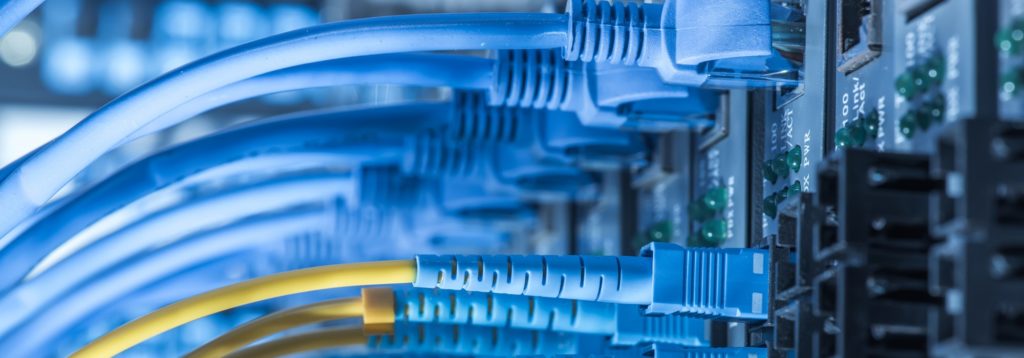Bus Topology Overview
23 July 2020

Topology defines computers in a network and how they connect. There are different types of configuration, the most common is bus topology.
The Basics of Bus Topology
The bus topology concept works the same way branches of a tree connect to the trunk.
In networks, the main cable is the “trunk” and the branches are separate terminals. These terminals can include hardware such as VoIP systems, printers and laptop computers.
A negative to this system is signal bounce. When a current is sent through the main cable, it will essentially bounce back to its origin. This can often be prevented through the use of a terminator.
A Comparison to Other Computer Network Layouts
There are alternative forms of network layout. Star topology and ring topology. How do these compare with the configuration mentioned above?
A benefit of “the bus method” is it requires less cabling, compared to standard star topology. This is obviously important when dealing with larger spaces as well as when dealing with possible hardware faults.
In regards to ring topology, the bus approach can offer a higher level of redundancy. Ring configurations consist of a single one-directional cable connecting all nodes. If a fault occurs, the entire network will crash. Bus designs are not as susceptible to this form of failure.
An Overview of Bus Topology Advantages and Potential Drawbacks
It is important to note the advantages as well as some potential drawbacks.
The main benefits of this system include:
- Greater levels of redundancy.
- You can add different nodes to upgrade.
- It is relatively easy to connect computers and other systems to a bus framework.
A handful of possible disadvantages can include:
- Signal bounce may lead to profound network disruptions.
- Troubleshooting can be tricky due to multiple network nodes.
- In the event that a main cable breaks, the entire network will fail.
Putting it All Together
So, we can now see why bus topology is often seen within commercial settings. It is still important to remember that this is only a very brief overview of how such a network functions. This Configuration can combine for a high degree of reliability. Either way, this is one of the many networking choices at your disposal.
If you are planning a restructure and need help with acquiring servers, laptops or are looking to sell old hardware, get in touch with us today.